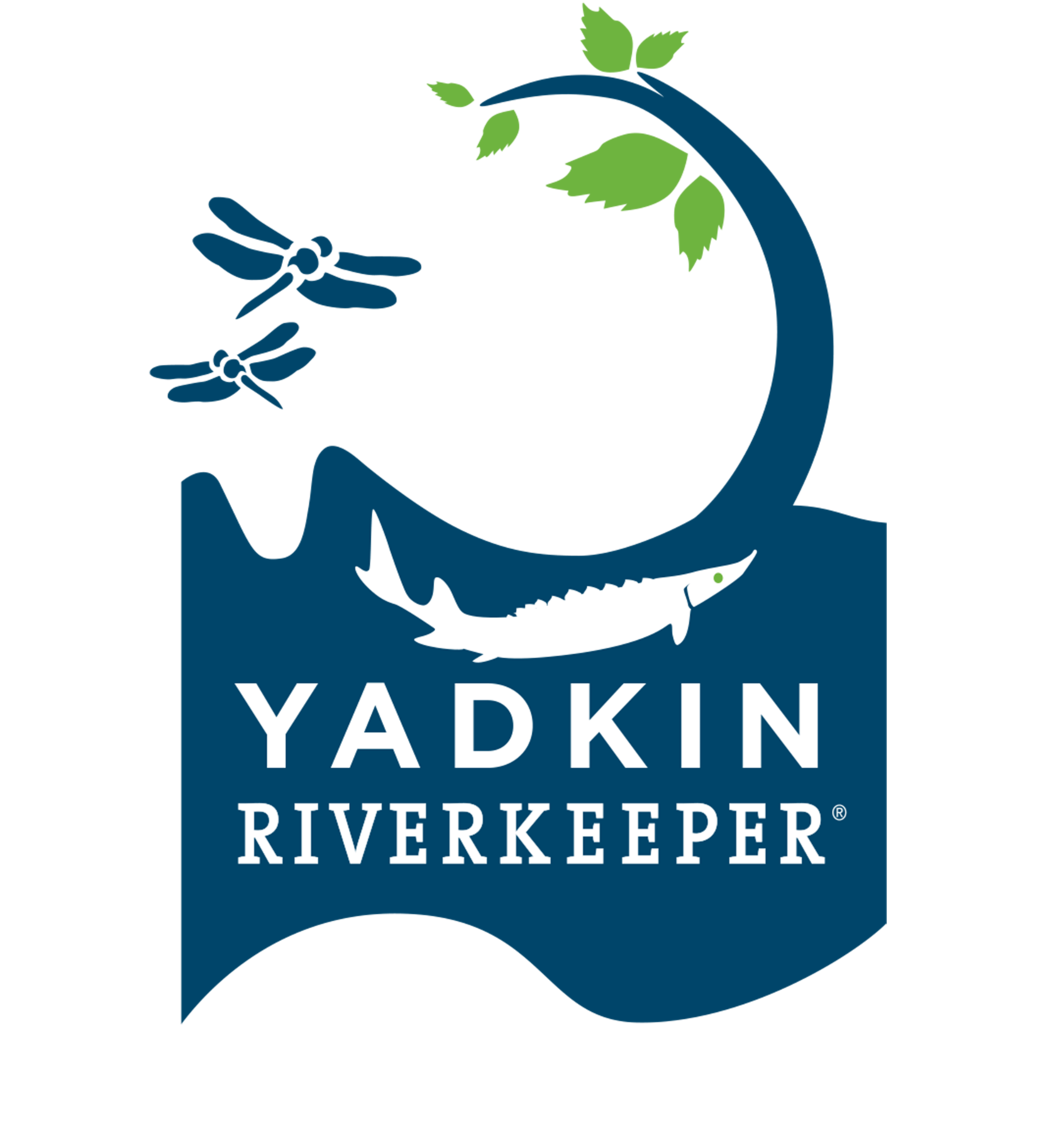OP ED by Alison RIngwood is a JD/MA in Sustainability student at Wake Forest University, Class of 2016
Winston Salem is undeniably expanding. According to the U.S. Census Bureau, at the start of 2000 Winston’s population was 168,068, and as of 2013 the registered population was 236,441, a 71% increase in 13 years. As the community continues to grow, developments are dwindling forests and undeveloped lands, while pollution and water run-off increases. Polluted water run-off is a primary source of non-point source pollution (“NPS”), and is considered by states and the Environmental Protection Agency (“EPA”) to be the leading cause of water pollution and water quality problems in local watersheds. The Yadkin River Basin is a critical source for drinking water that relies on the protection from undeveloped lands to help maintain water quality.
The EPA has regulations in place for “point source pollution” but under current laws it is much harder to regulate NPS as it is generated from multiple sources. NPS is primarily caused by water run-off that picks up and carries pollutants such as oils, pesticides, and other contaminants from developed or agricultural areas, and deposits these pollutants into water supplies. Forest and natural lands offer natural barriers and water filtration services to such runoff, providing a much-needed protective measure in the absence of enforceable regulations. With continual urban and industrial growth of communities resulting in new developments that replace these forests and the buffers on undeveloped lands, urban runoff is increasingly becoming a threat to drinking water nation wide (issues discussed by The Trust for Public Land (“TPL”) and the American Water Works Association (“AWWA”) in the Source Protection Handbook: Using Land Conservation to Protect Drinking Water Supplies).
Watershed Protection Programs have successfully emerged nationwide across cities and local municipalities to protect and maintain a clean and safe water supply for its community and citizens. Watershed protection programs have validated studies by the TPL that found water treatment plant costs and chemical usage were much lower for plants drawing water from highly forested watersheds compared to water from developed watersheds. One of the primary components these programs emphasize is land conservation to protect open spaces and the natural barriers these spaces provide. Raleigh and New York City are an example of two cities that have implemented successful land conservation programs to protect their local watersheds and drinking water.
In 2006, the city of Raleigh published the Upper Neuse Clean Water Initiative Conservation Plan to demonstrate the local efforts being made towards land conservation in the Upper Neuse River Basin (“UNRB”). Their studies found when forest cover drops below 70% and when the land in watersheds becomes 10% impervious there are measurable negative impacts on water quality. The Conservation Plan has focused their efforts on acquiring land in the UNRB to protect these valuable lands. Through government grant programs like the Clean Water Management Trust Fund (“CWMTF”) the town of Creedmoor obtained $290,000 to acquire stream bank buffers. As a result of these and other efforts, about 53,319 acres of land are already fully or partially protected in the UNRB.
In 1997, through its Watershed Agricultural Council (“WAC”) New York City implemented a Land Acquisition Program (“LAP”) to acquire and protect land along the West of Hudson Watershed. The WAC has worked the City’s Department of Environmental Protection (“DEP”) to amass $70 Million towards land conservation. By July 2009, a total of 356, 247 acres were protected within the West of Hudson watershed, demonstrating a 10% increase in protected lands since the program was first implemented in 1997. As of December 2015 this number was over 428,000 acres with 25,000 acres in Conservation Easements, 194,000 acres working under their Forest Management Plans, and 159,000 acres within their agricultural whole farm plans. Additionally, there are now 52,000 acres of city, state, and federal parkland as a part of the City’s urban infrastructure that provide critical buffers to its potable water.
Both organizations have used a variety of funding and regulatory methods to acquire land and develop conservation easements to protect their local watersheds. New York City was able to avoid building a $10 billion plus filtration plant that would have been required for the Catskill/ Delaware Watershed. The city of Raleigh found protecting undeveloped lands prevented sediment pollutants increasing from 1.6 tons per year to 4.5 tons per year. Both groups have actively involved stakeholders in their work to ensure land conservation plans are economically viable and beneficial to the local communities. Their successful efforts demonstrate how land conservation methods provide critical tools to ensure cities can reduce costs while continuing to protect and maintain healthy and clean drinking water.
About the Author : Alison RIngwood is a JD/MA in Sustainability student at Wake Forest University, Class of 2016.

